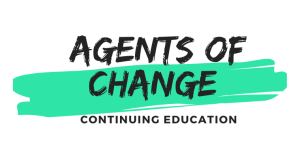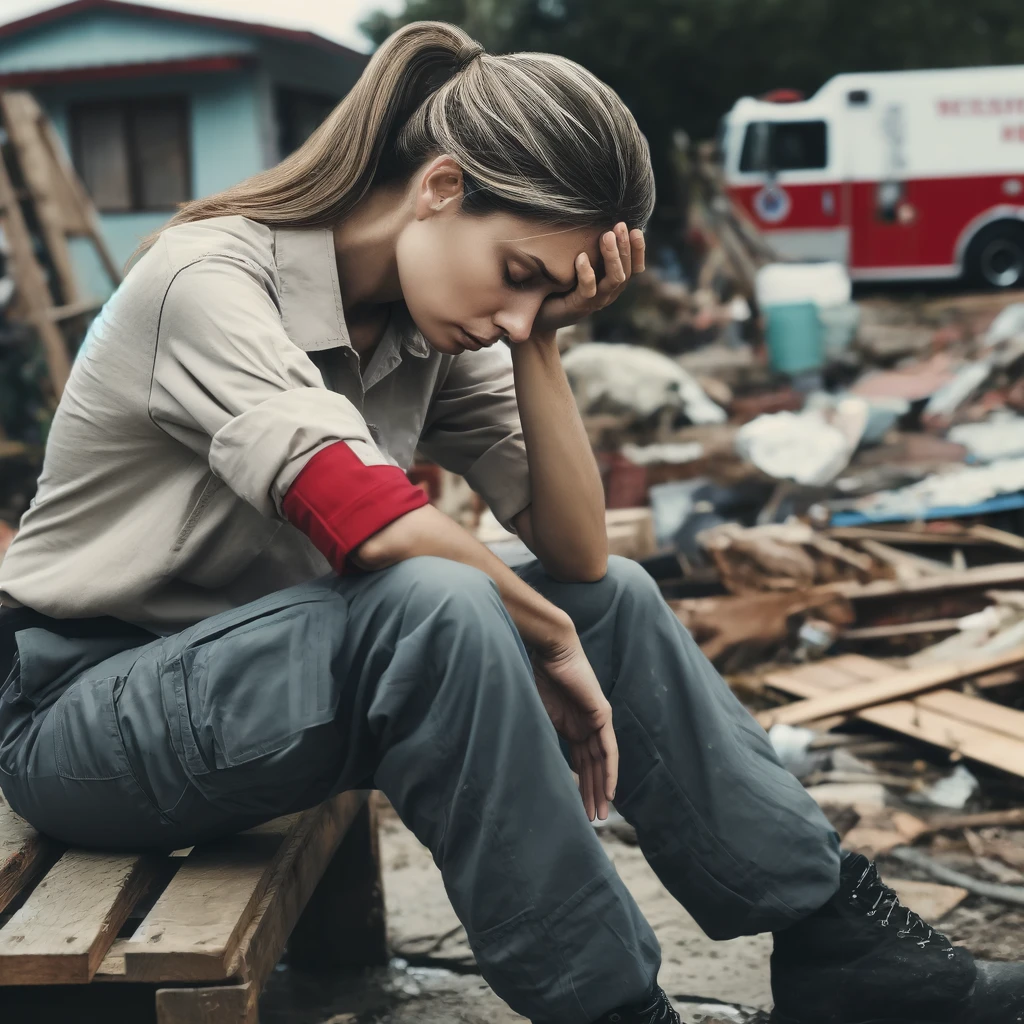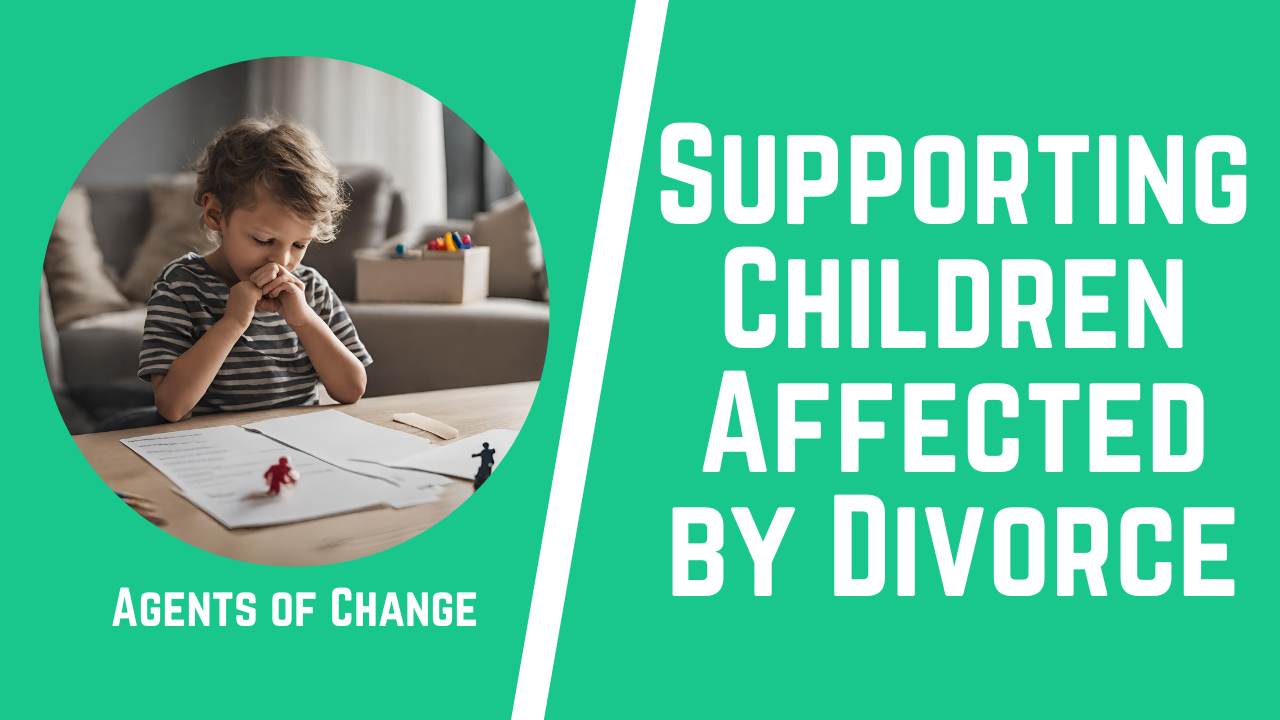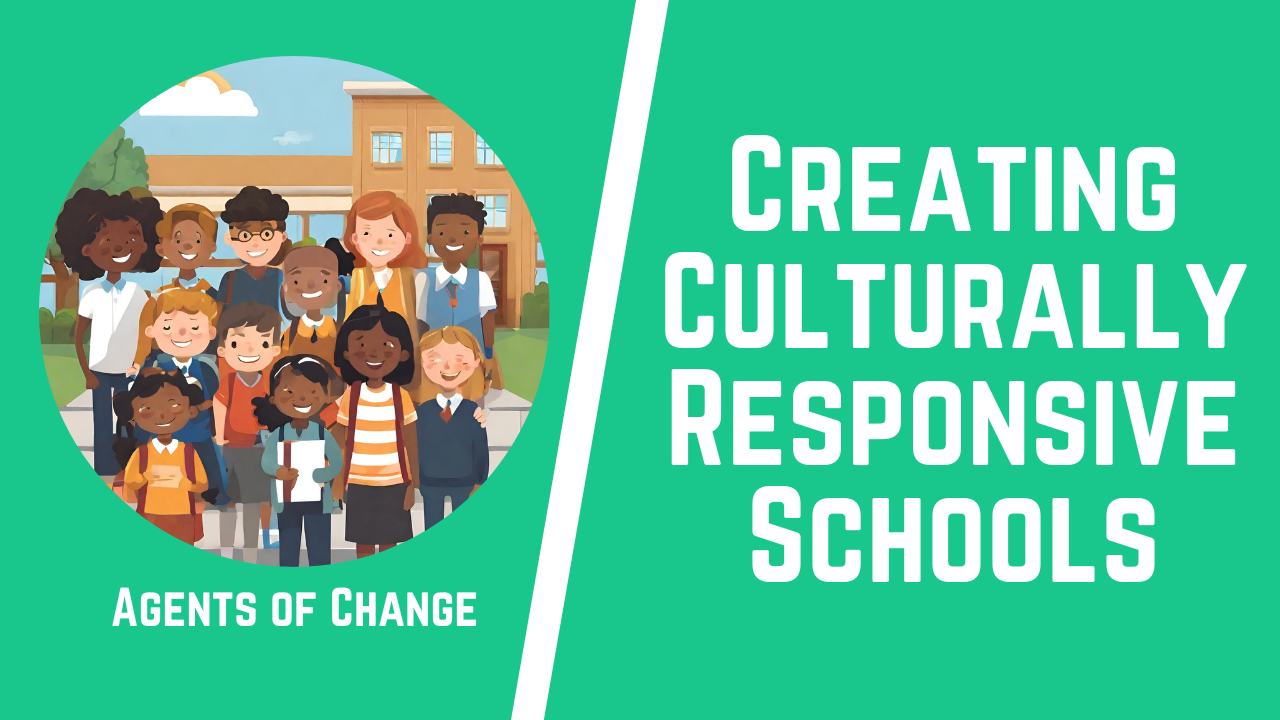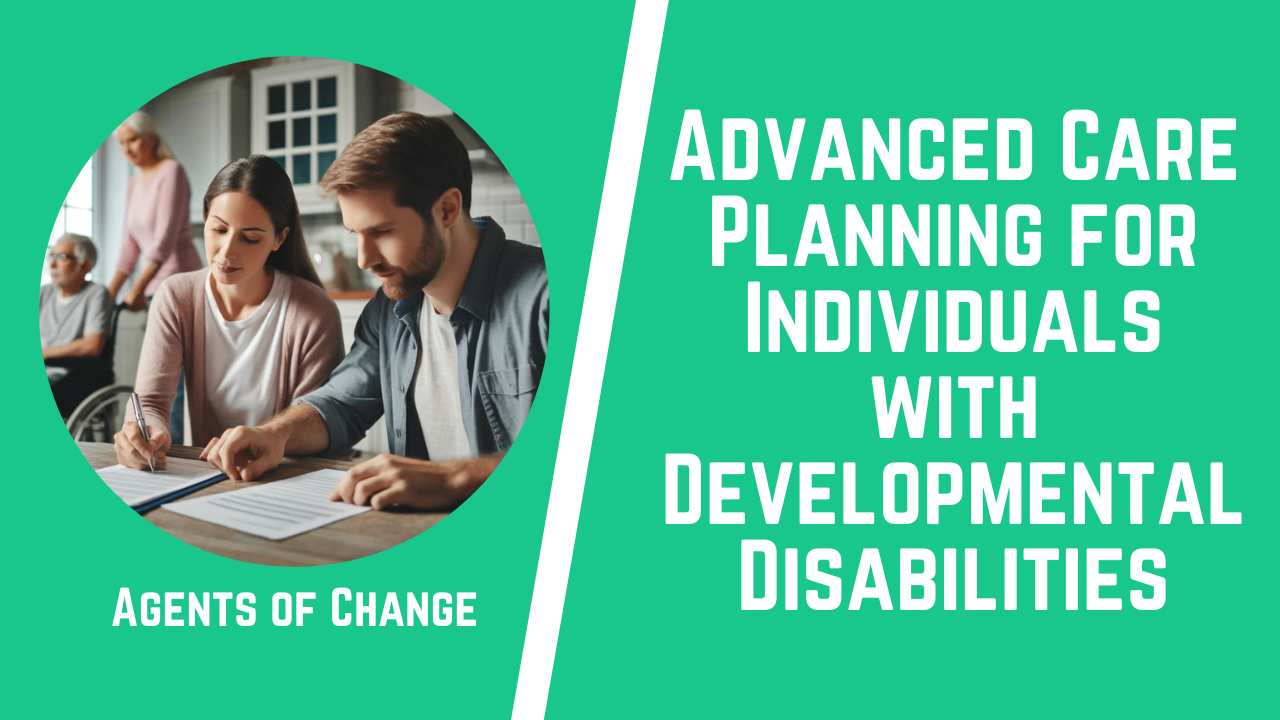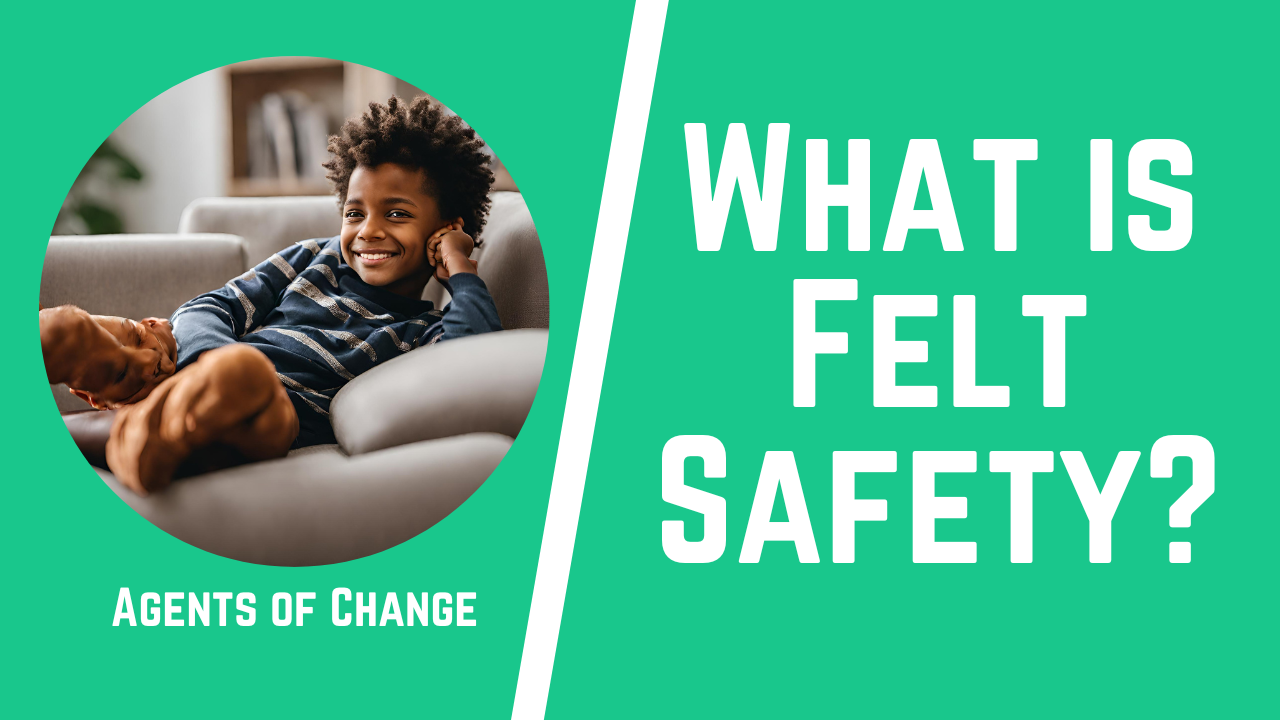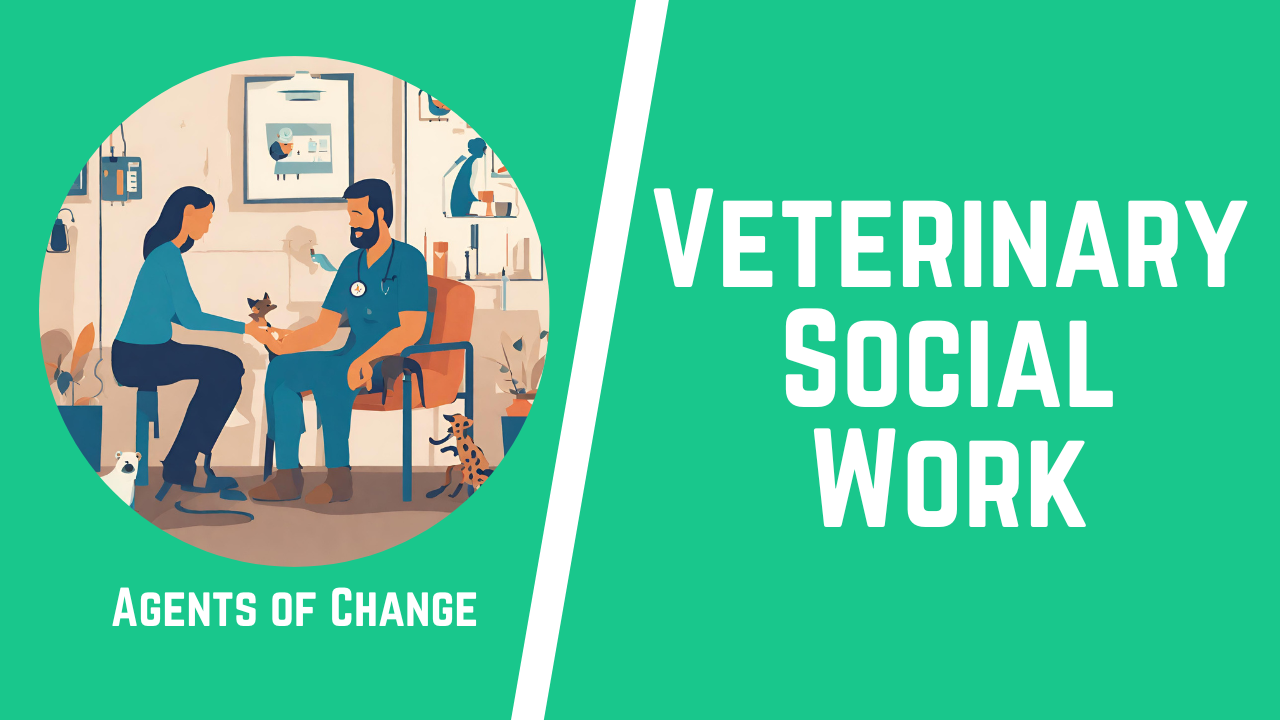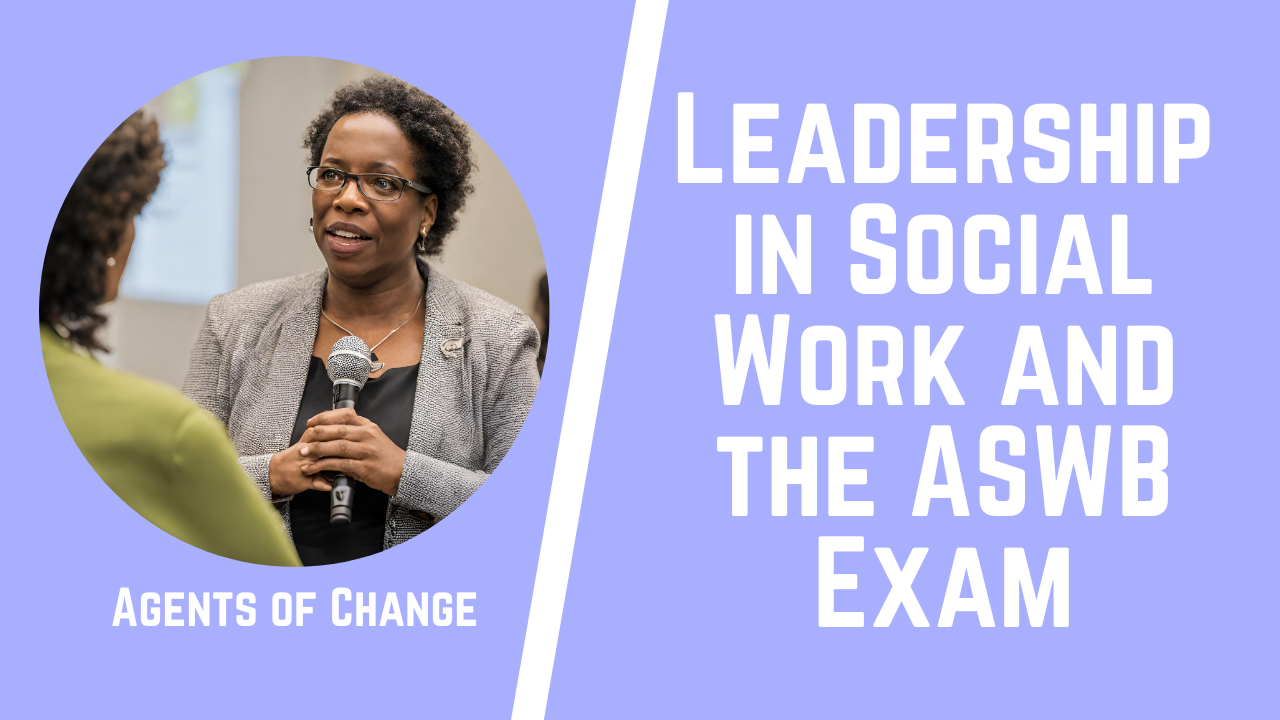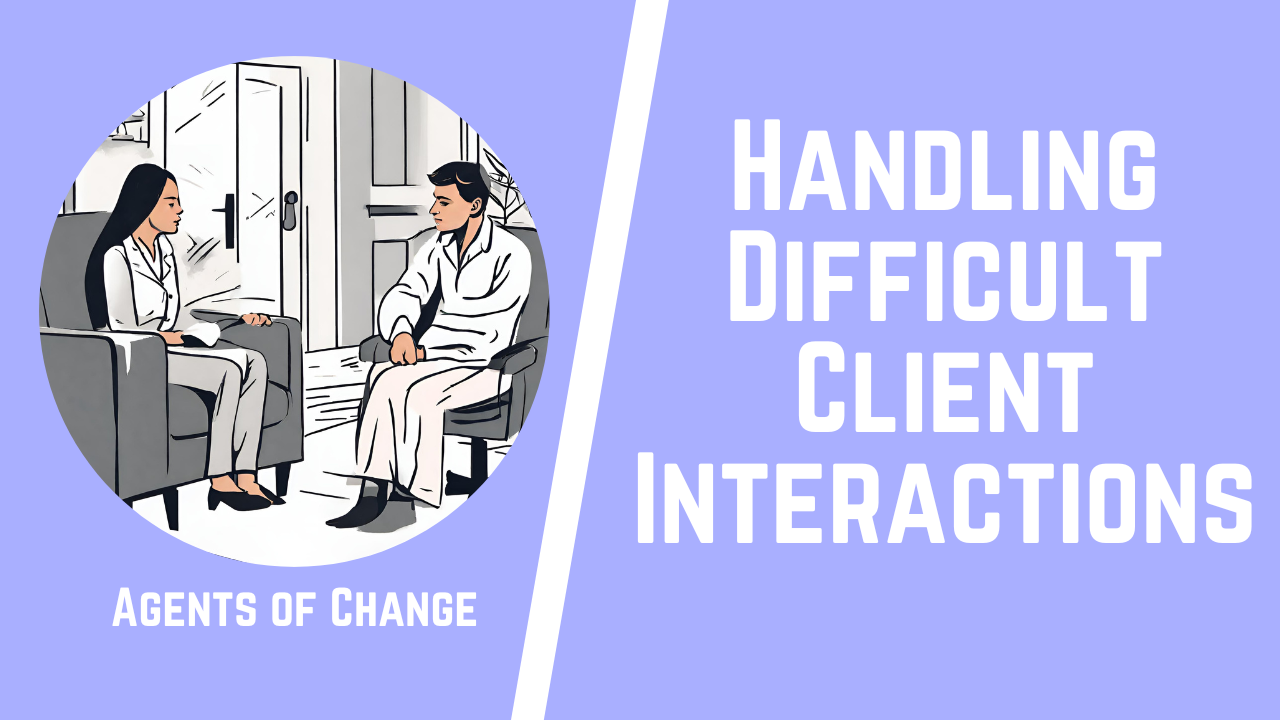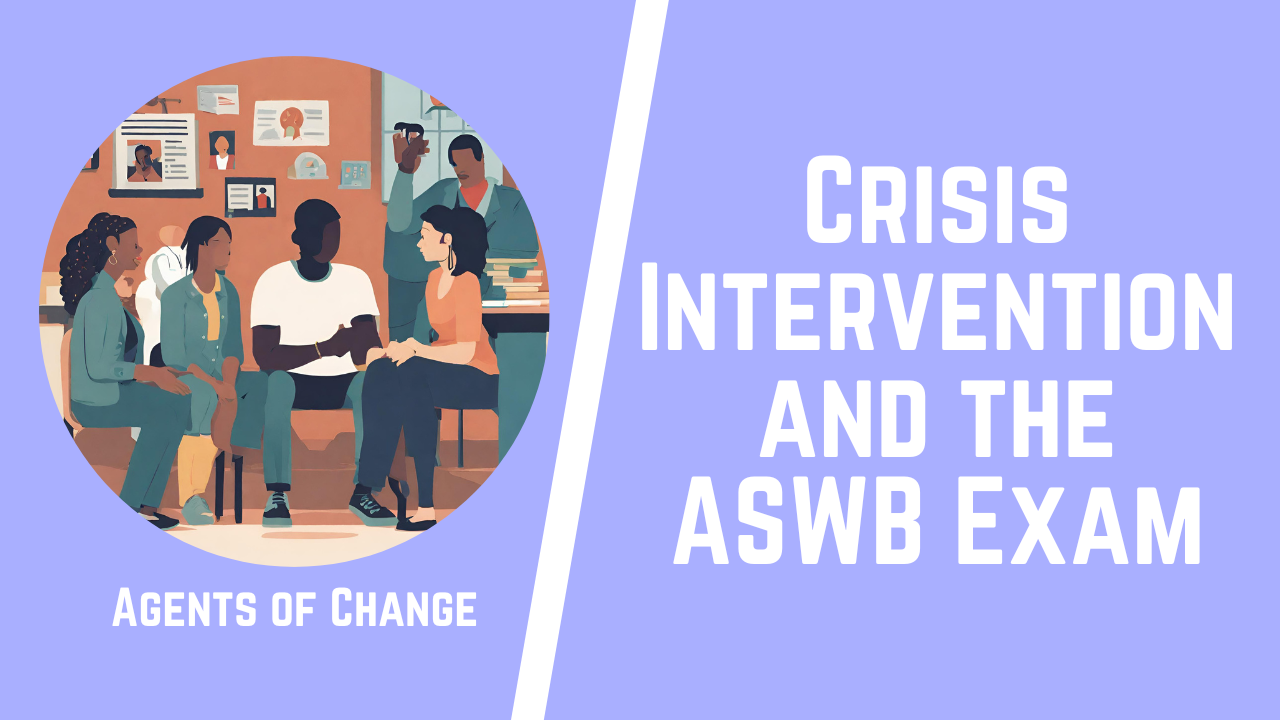When the skies darken with the promise of a storm, or the earth trembles beneath our feet, the community’s heart races in unison, anticipating the need for immediate action and resilience. In such moments of upheaval, while first responders rush to the scene to provide immediate relief, there is another group of professionals whose role is pivotal yet far less visible—Social Workers.
These dedicated individuals step into the chaos to address the aftermath of disasters, not with sirens and flashing lights, but with compassion, strategy, and a deep commitment to human dignity.
Social Workers in disaster relief embody the frontline of emotional and social recovery. They assess the needs of affected individuals, from the basic necessities of food and shelter to the more complex demands of mental health support and family reunification.
Their work begins in the heat of the crisis and continues long after the initial emergency teams have departed, focusing on the long-term recovery that is essential for rebuilding lives and communities. Their efforts ensure that the most vulnerable are not forgotten and that resilience is built into the fabric of communities.
Did you know? Agents of Change Continuing Education offers Unlimited Access to 150+ CE courses for one low annual fee to meet your state’s requirements for Continuing Education credits and level up your career.
We’ve helped thousands of Social Workers with Continuing Education, learn more here about Agents of Change and claim your 5 free CEUs.
1) The Essential Role of Social Workers in Disaster Relief
Social Workers serve as a vital link between disaster-stricken communities and the array of assistance options available to them. Their role has a variety of responsibilities that adapt as the immediate situation evolves into long-term recovery efforts.
Immediate Response and Crisis Management
In the immediate aftermath of a disaster, Social Workers are crucial in managing the initial chaos and addressing the urgent needs of the community. Their tasks include:
- Emergency Assistance Coordination: They work to secure immediate shelter, food, and medical services for displaced individuals.
- Psychological First Aid: Offering initial emotional support to victims, helping to stabilize emotions and prevent long-term psychological effects.
- Resource Distribution: Ensuring that essential supplies and services reach those in urgent need without unnecessary delays.
The goal during this phase is to stabilize the affected populations as quickly as possible, providing a foundation for recovery and rehabilitation.
Long-term Recovery and Support
Once the initial emergency has subsided, Social Workers shift their focus to the long-term needs of the community, which may include:
- Rehabilitation Services: Assisting in physical and psychological recovery processes.
- Social and Economic Recovery Programs: Developing programs that help individuals and communities regain economic stability, such as job assistance programs and educational workshops.
- Community Engagement and Empowerment: Encouraging community participation in recovery efforts, which helps to restore a sense of normalcy and control.
This phase is critical as it helps rebuild the community’s social structure and economic stability, laying the groundwork for sustainable development.
Advocacy and Policy Influence
Social Workers also play a crucial role in advocacy and shaping policies related to disaster management by:
- Voicing Community Needs: Representing the community’s needs and concerns in planning and policy-making meetings.
- Policy Development: Assisting in the creation of policies that ensure better preparedness and response strategies for future disasters.
- Legal Assistance: Providing access to legal aid for victims dealing with insurance claims, property disputes, and other legal challenges post-disaster.
By influencing policy, social workers ensure that disaster response mechanisms are more effective and that the community’s rights and needs are safeguarded.
Specialized Services for Diverse Populations
Disasters affect everyone differently, and Social Workers must provide tailored services to meet the diverse needs of the community:
- Children and Families: Offering child-focused psychological support and family reunification services.
- Elderly and Disabled: Ensuring that the elderly and people with disabilities receive the specific care and services they need.
- Non-native Speakers and Cultural Minorities: Providing multilingual services and culturally sensitive support to ensure inclusivity.
Tools and Training for Enhanced Effectiveness
- Disaster Preparedness Workshops: Conducting workshops to prepare at-risk populations for potential disasters.
- Continual Professional Development: Engaging in ongoing education, like those courses offered by Agents of Change Continuing Education, to stay updated on the best practices in disaster relief.
Social Workers are indispensable in weaving the fabric of recovery after a disaster. Through their immediate actions, long-term support, advocacy, and specialized services, they help communities both recover and thrive with newfound resilience and strength. Their role in disaster relief is complex but crucial in steering affected individuals and communities toward a path of sustainable recovery and growth.
Learn more about Agents of Change Continuing Education. We’ve helped thousands of Social Workers with their Continuing Education and want you to be next!
2) Technology in Action: Tools and Apps That Aid Social Workers in Crisis Situations
In the fast-paced environment of disaster relief, technology plays a crucial role in enhancing the efficiency and effectiveness of Social Workers. From mobile apps that provide real-time data to platforms that facilitate better communication and coordination, technology empowers Social Workers to deliver critical services swiftly and accurately.
Mobile Applications for On-the-Ground Support
Mobile technology has revolutionized the way Social Workers interact with disaster-affected populations and coordinate with other relief agencies. Several apps are particularly useful:
- Disaster Response Apps: Apps like the Red Cross’s Emergency App provide Social Workers with up-to-date information on disaster alerts, shelter locations, and safety guidelines.
- Crisis Communication Tools: Applications such as Zello or Voxer enable real-time voice communication between Social Workers and their teams, even in areas with limited network coverage.
- Mental Health Apps: Tools like PTSD Coach or Talkspace allow Social Workers to guide individuals in managing their stress and trauma through immediate mental health support.
These apps ensure that Social Workers can maintain critical communication lines and access necessary information to manage emergency situations effectively.
Data Management and Reporting Systems
Efficient data management systems are vital for tracking the spread of resources, managing caseloads, and reporting on progress in disaster-affected areas. These systems help Social Workers by:
- Case Management Software: Programs like Penelope and SAMHSA’s Disaster Behavioral Health Information System (DBHIS) help Social Workers track and manage their cases efficiently, ensuring that no individual falls through the cracks.
- Resource Mapping Tools: GIS (Geographic Information Systems) technology enables Social Workers to visualize the needs across different regions, optimize resource allocation, and plan routes for delivering aid.
By leveraging these technologies, Social Workers can enhance their situational awareness and response times, which are critical in crisis management.
Collaboration Platforms for Multi-Agency Operation
In disaster relief efforts, collaboration between various agencies is key to effective management and resource distribution. Social Workers use several platforms to facilitate this:
- Cloud-based Collaboration Tools: Services like Google Workspace and Microsoft Teams allow teams to share files, manage tasks, and communicate in real time, ensuring that everyone is on the same page.
- Virtual Meeting Platforms: Zoom and Skype are invaluable for conducting remote meetings and training sessions, making it possible for Social Workers to coordinate with volunteers and other agencies without geographical constraints.
These tools are crucial for creating a cohesive strategy among multiple stakeholders involved in disaster relief and ensuring that information is shared quickly and securely.
Technology supports the logistical aspects of Social Work in disasters and also facilitates the ongoing education and professional development that is crucial for Social Workers to remain effective in their roles. Through the adoption of these tools and platforms, Social Workers are better equipped to manage the complexities of disaster relief and ensure that aid reaches those who need it most efficiently and effectively.
We’ve helped thousands of Social Workers with Continuing Education, learn more here about Agents of Change and claim your 5 free CEUs!
3) Challenges and Solutions: Overcoming Obstacles in Disaster Relief Social Work
Disaster relief Social Work is fraught with challenges that range from logistical difficulties to emotional and psychological strain. However, equipped with the right strategies and support systems, Social Workers can effectively overcome these hurdles to provide essential aid and support to affected communities.
Psychological Stress and Burnout
The intense and often traumatic nature of disaster relief can take a significant toll on Social Workers’ mental health, leading to burnout if not properly managed.
Challenges:
- Emotional Overload: Constant exposure to the suffering of others and the high-pressure environment can lead to compassion fatigue.
- Long Working Hours: During a disaster, the boundaries between work and personal life can blur, increasing stress and exhaustion.
Solutions:
- Regular Mental Health Check-ins: Implementing structured support systems where Social Workers can receive psychological support and counseling.
- Balanced Shifts and Breaks: Ensuring that workloads are shared evenly among the team and that each member takes necessary rest breaks.
Resource Allocation and Accessibility
Ensuring that resources reach those most in need quickly and efficiently is a logistical nightmare, especially in chaotic post-disaster environments.
Challenges:
- Uneven Distribution: Resources might not be distributed equitably, particularly in large-scale disasters, leading to some areas being underserved.
- Access Issues: Physical destruction and disrupted infrastructure can block the delivery of aid and services.
Solutions:
- Advanced Planning and Simulation: Using data and predictive analytics to model resource needs and distribution strategies ahead of time.
- Mobile Resource Units: Deploying mobile teams and supplies that can navigate disrupted terrains to reach isolated communities.
Coordination Among Multiple Agencies
Disaster relief often involves numerous organizations and governmental agencies, each with its own protocols and agendas, which can lead to inefficiencies and overlaps in service delivery.
Challenges:
- Communication Gaps: Different organizations might not have a system in place for effective communication and information sharing.
- Competing Priorities: Different relief agencies might prioritize different aspects of the disaster response, leading to conflicts or duplication of efforts.
Solutions:
- Central Coordination Hub: Establishing a central command center that oversees all operations and communication, ensuring all parties are aligned.
- Unified Response Framework: Developing and training all involved parties on a common response plan that details roles and responsibilities.
Access to Continuing Education and Training
Keeping up with the latest in disaster response and recovery methodologies is crucial for effective intervention but can be challenging given the demanding nature of Social Work.
Challenges:
- Time Constraints: Finding time for training amidst the demanding schedules of disaster relief efforts.
- Relevance and Specificity: Ensuring the training is directly applicable to the types of disasters Social Workers are likely to encounter.
Solutions:
- Online Learning Platforms: Utilizing online courses and webinars that social workers can attend remotely and at their own pace. Organizations like Agents of Change Continuing Education provide relevant and up-to-date training.
- Just-in-Time Training: Offering training sessions immediately before deployment, ensuring the information is fresh and immediately applicable.
By addressing these challenges with thoughtful and innovative solutions, Social Workers can enhance their effectiveness in disaster relief operations. These strategies both improve the quality and speed of aid delivered and also support the well-being of the Social Workers themselves, ensuring that they can continue to perform their vital roles in helping communities recover and rebuild.
4) FAQs – Disaster Relief and Social Work
Q: What roles do Social Workers play in the immediate aftermath of a disaster?
A: Social Workers are integral in managing the immediate aftermath of a disaster. Their roles include assessing the immediate needs of affected individuals, providing psychological first aid, and coordinating with local and national agencies to ensure that essential services such as food, shelter, and medical aid are delivered efficiently.
They also help with family reunification efforts and offer crisis counseling to help individuals begin to cope with their experiences.
Q: How do Social Workers help with the long-term recovery of disaster-affected communities?
A: In the long-term recovery phase, Social Workers focus on more than just the physical rebuilding of affected areas—they also address the psychological and social aspects of recovery. Their involvement includes:
- Advocacy and Policy Change: They advocate for policies that protect vulnerable populations and ensure equitable distribution of resources.
- Community Development: Social Workers lead programs designed to strengthen community ties and resilience, such as support groups, educational workshops, and community rebuilding projects.
- Ongoing Mental Health Support: They provide continuing mental health care and support groups to help individuals cope with the long-term effects of trauma.
Q: How does continuing education enhance a Social Worker’s effectiveness in disaster relief?
A: Continuing education is critical for keeping Social Workers at the forefront of the best practices and latest methodologies in disaster relief and recovery. Programs like those offered by Agents of Change Continuing Education equip them with:
- Updated Knowledge and Skills: Courses cover the latest in crisis response, psychological first aid, and resource management, ensuring Social Workers are prepared to handle various challenges in disaster scenarios.
- Specialized Training: Some courses focus specifically on areas such as trauma-informed care, legal aspects of disaster relief, and community resilience planning, which are essential for effective disaster response.
- Certification and Licensure: Continuing education helps Social Workers meet the necessary requirements to maintain their licensure, which is often mandatory for practicing in their field, especially in roles that require direct contact with the public in high-stress situations.
5) Conclusion
The role of Social Workers in disaster relief is indispensable. They both address immediate logistical and emotional needs and also lay the groundwork for long-term recovery and resilience in affected communities.
Their efforts go beyond providing immediate aid, extending to advocacy, policy influence, and community rebuilding that are vital for sustainable recovery. The complexity of their work demands a high level of skill, dedication, and compassion, qualities that are nurtured through continuous professional development and supported by a commitment to lifelong learning.
The integration of technology and continuous education, such as those courses offered by Agents of Change Continuing Education, plays a critical role in enhancing the capabilities of Social Workers. These tools and educational resources enable them to stay at the forefront of disaster management techniques, ensuring they are well-prepared to face the challenges that arise during and after disasters. With the right training and tools, social workers can perform their roles more effectively, making a significant impact on the lives of those affected by crises.
Learn more about Agents of Change Continuing Education. We’ve helped thousands of Social Workers with their Continuing Education and want you to be next!
————————————————————————————————————————————————
► Learn more about the Agents of Change Continuing Education here: https://agentsofchangetraining.com
About the Instructor, Meagan Mitchell: Meagan is a Licensed Clinical Social Worker and has been providing Continuing Education for Social Workers for more than 8 years. From all of this experience helping others pass their exams, she created Agents of Change Continuing Education to help Social Workers stay up-to-date on the latest trends, research, and techniques.
#socialwork #socialworker #socialwork #socialworklicense #socialworklicensing #continuinged #continuingeducation #ce #socialworkce #freecesocialwork #lmsw #lcsw
Disclaimer: This content has been made available for informational and educational purposes only. This content is not intended to be a substitute for professional medical or clinical advice, diagnosis, or treatment
